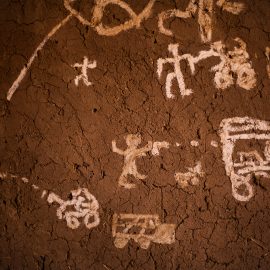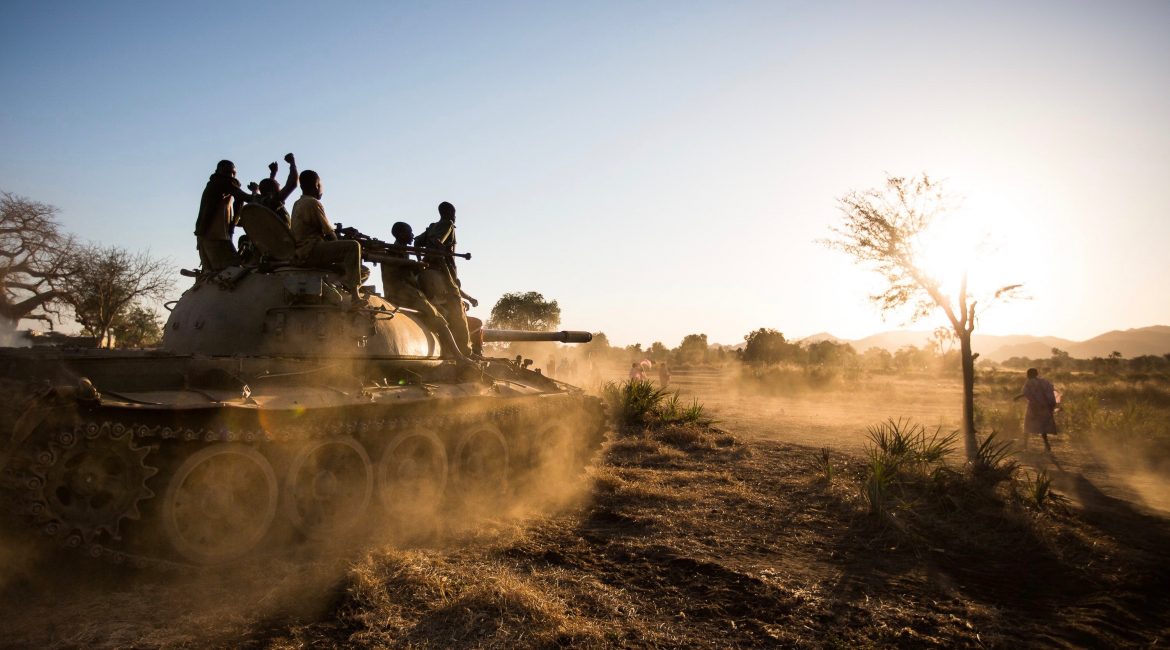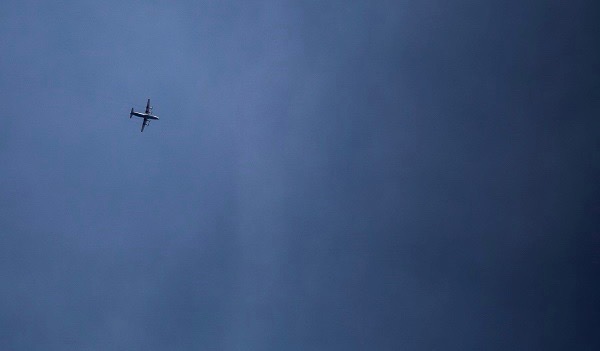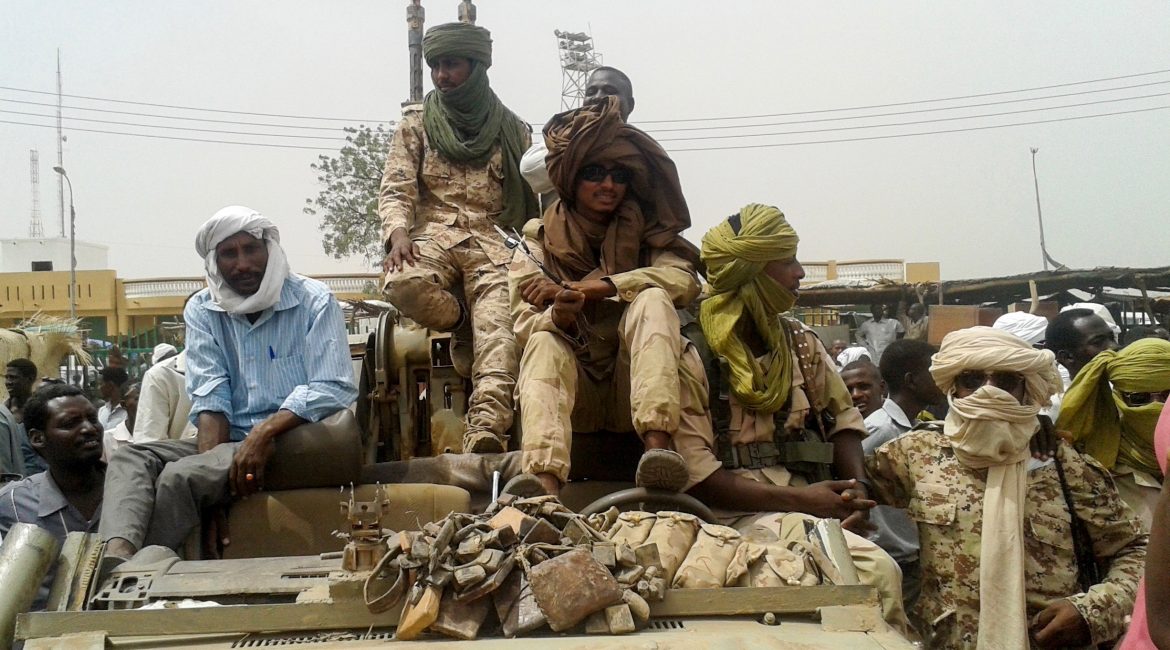The Sudanese Armed Forces continue to push towards the heart of SPLA-North territory in South Kordofan, putting the rebel coalition – SRF – on the defensive.
In October and November, rebel forces launched a series of attacks around the border of North and South Kordofan states, pushing the conflict further north than ever before. Since then, government forces have taken the initiative, launching attacks deeper into rebel-controlled South Kordofan.
Despite the flurry of activity, front lines have moved little in the past two months. SRF troops have repelled the attacks launched by Khartoum, but the SAF offensives have also halted rebel movement north.
BATTLE FOR TOROJE
Following the eruption of civil conflict in South Sudan, Sudanese government forces have focused their attentions on rebel-controlled roads to the south. Khartoum has long contended rebel troops receive logistical and material support from South Sudan. With Juba’s government focused on its own internal conflicts, Khartoum has pushed hard to control the alleged supply lines.
On December 20, Just one week after fighting broke out in Juba, Sudanese government troops launched an offensive on Ungartu, just south of Kauda – the rebel capital of South Kordofan. On December 28 another attack was launched in Timbera, to the west. Both attacks were small in scale and eventually repulsed by the rebels, but took place less than 20 kilometers away rebel headquarters.
The attacks were likely meant to draw rebel forces back towards Kauda, laying the groundwork for a larger offensive in the south. On January 4, government forces launched a large-scale assault on Toroje, which sits along the road linking South Kordofan with South Sudan.
The attack was repulsed after a 24-hour battle involving hundreds of government and rebel soldiers and at least one hundred dead. (more on Toroje story here).
Following the fight in Toroje, on January 8th, the rebel alliance launched it’s own offensive in Delami, in the northern part of South Kordofan. The attack was also repelled by government forces, but likely signals an offensive shift on the part of the SRF.
PARACHUTE BOMBS
Since November, Sudan’s government has also increasingly employed its new Sukhoi-24 fighter jets along with Parachute Bombs in the Nuba Mountains.
The first of these bombs was seen November 17th, in a bombing in Tabanya. 2 children were killed and another 5 people injured when the bombs fell in the town market. Another 4 Parachute Bombs were dropped in Tabanya one month later. Nuba Reports has counted 20 parachute bombs dropped since November.
Weapons experts have identified the bombs for Nuba Reports as FAB-500 SHN Parachute Retarded Aircraft Bombs. The parachutes can help improve accuracy, giving the pilot greater control over the target.
These bombs have also been deployed in the Syrian civil war by government forces. According to the weapons tracking blog, Brown Moses, the bombs have been used in response to the improved air defenses of rebel forces there. The parachute allows jet fighters to fly lower, and clear the area before the explosion.
DISPLACEMENT DILEMMA
Nuba Reports counted 93 bombs dropped in civilian areas in December, more than October and November combined. This increased bombardment coupled with major clashes in Toroje and Kega has forced many civilians to flee their homes. Under normal circumstances, the violence would push people into the Yida refugee camp.
But with South Sudan’s internal conflict, many residents of Yida are now coming back into Sudan. The ongoing violence threatens to permanently strand the displaced peoples between two civil wars.
Footage from Tabanya courtesy Jacob Williams and Tomo Kriznar; Footage from Syria taken from the Brown Moses Blog (http://brown-moses.blogspot.com/2013/04/parachute-retarded-bombs-deployed-in.html)





